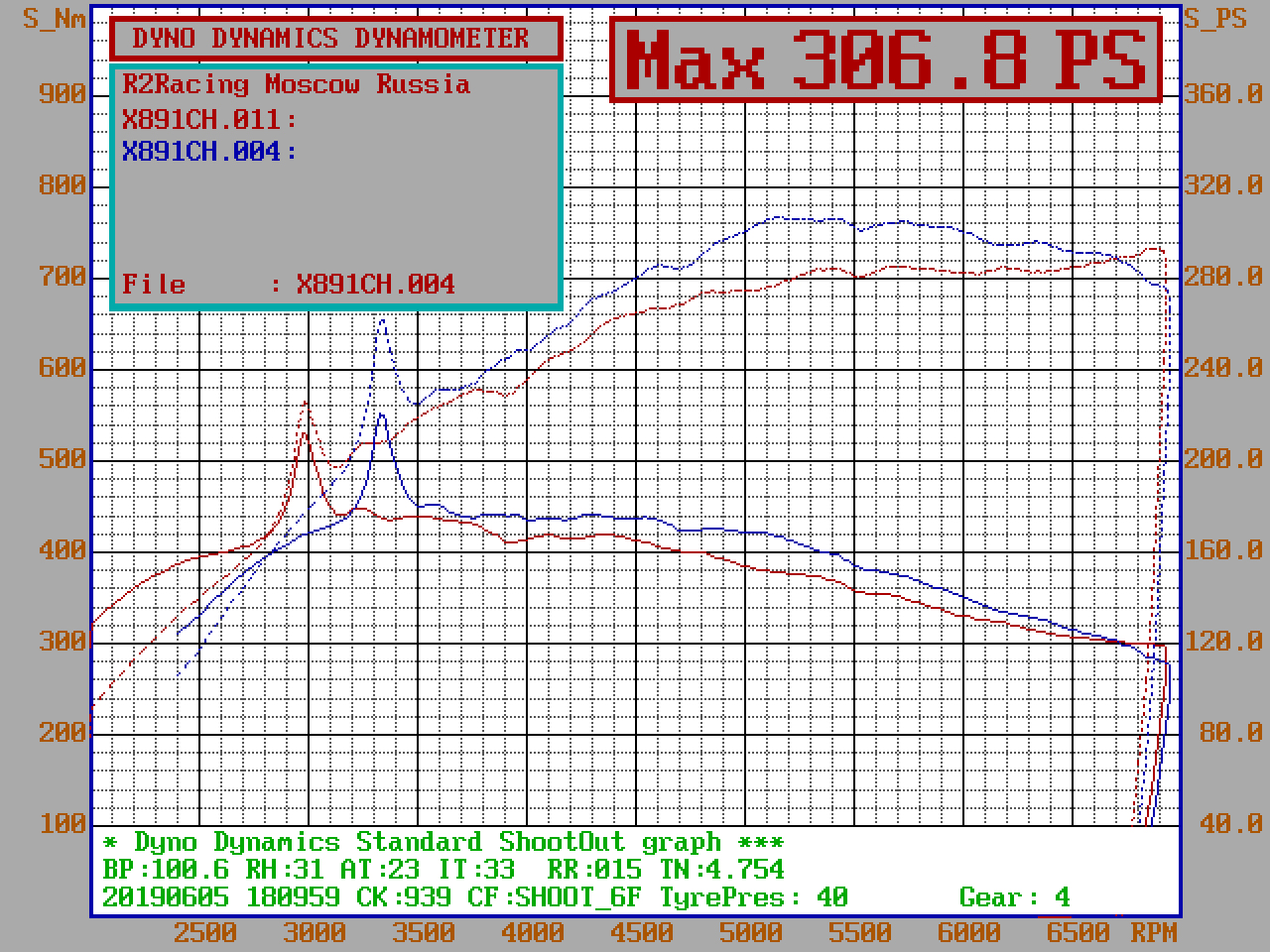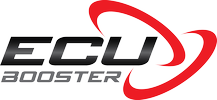For those who want to make ECU tuning, but do not know how to start.
- Details
Let's see what need to buy for ECU tuning and sort all these things out.
-
OBD adapter. Connects a laptop to the vehicle's ECU. But not every adapter does work. We need one that can read and write a flash memory of ECU. We use Tactrix and Scanmatik. These are professional tools, reliable and proven. Recommended for use. Avoid Chinese clones of these devices, chances to damage an ECU are extremely high.
Read more: For those who want to make ECU tuning, but do not know how to start.
Nissan 350Z Supercharger
- Details
Everyone who is got used to tuning Nissan only using world-famous flashers such as UpRev, EcuTek, COBB, and the idea that you can tune using only factory ECU maps does not even come to mind. Let's see how we set up the 350Z with a roots type Stillen supercharger. Boost is 0.6 bar, stock or a bit larger size injectors, stock MAF housing.
Тhe car arrived with Stillen piggyback, which periodically loses the crankshaft sensor, so we removed it, restored the harness to factory condition and dyno run it "as is" on stock ECU on low boost. Piggyback almost does not work, as seen below.
Dynorun on Stillen piggyback (blue) and stock ECU (red)

Tuning Honda Civic R18 Turbo
- Details
Dinoran R18 Turbo

Today we will look at how we can use the EcuBooster to tune a turbo-setup with R18 engine, widely represented on the Honda Civic, CRV (R20), StepWagon, and so on.
Let's start with the restrictions. First of all, the factory MAP sensor may see a maximum of 0.7 bar, and, secondly, a reasonable boost for the factory compression ratio is within 0.4-0.6 bar. Therefore, you can choose a certain fix spring for wastegate, for example, 0.4 for 95th octane, and up to 0.6 when using 98-100 octane. 0.6 is your maximum. Use external wastegate if possible, most of built-in actuators come with springs more than 0.7 bar, and often hold boost unstable and may easily jump higher than 0.7 bar. Also, a good option is Kinugawa actuators with replacement springs.
